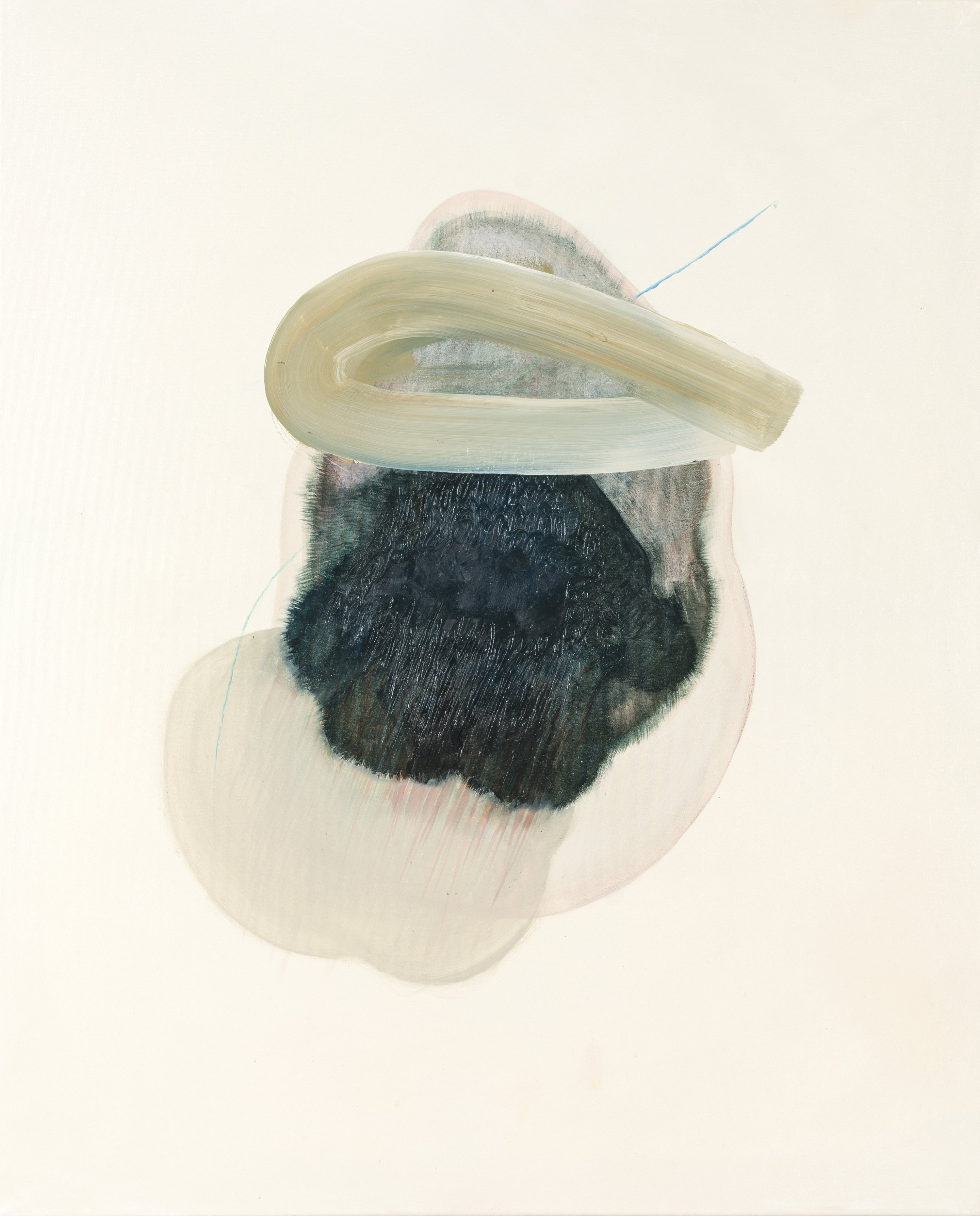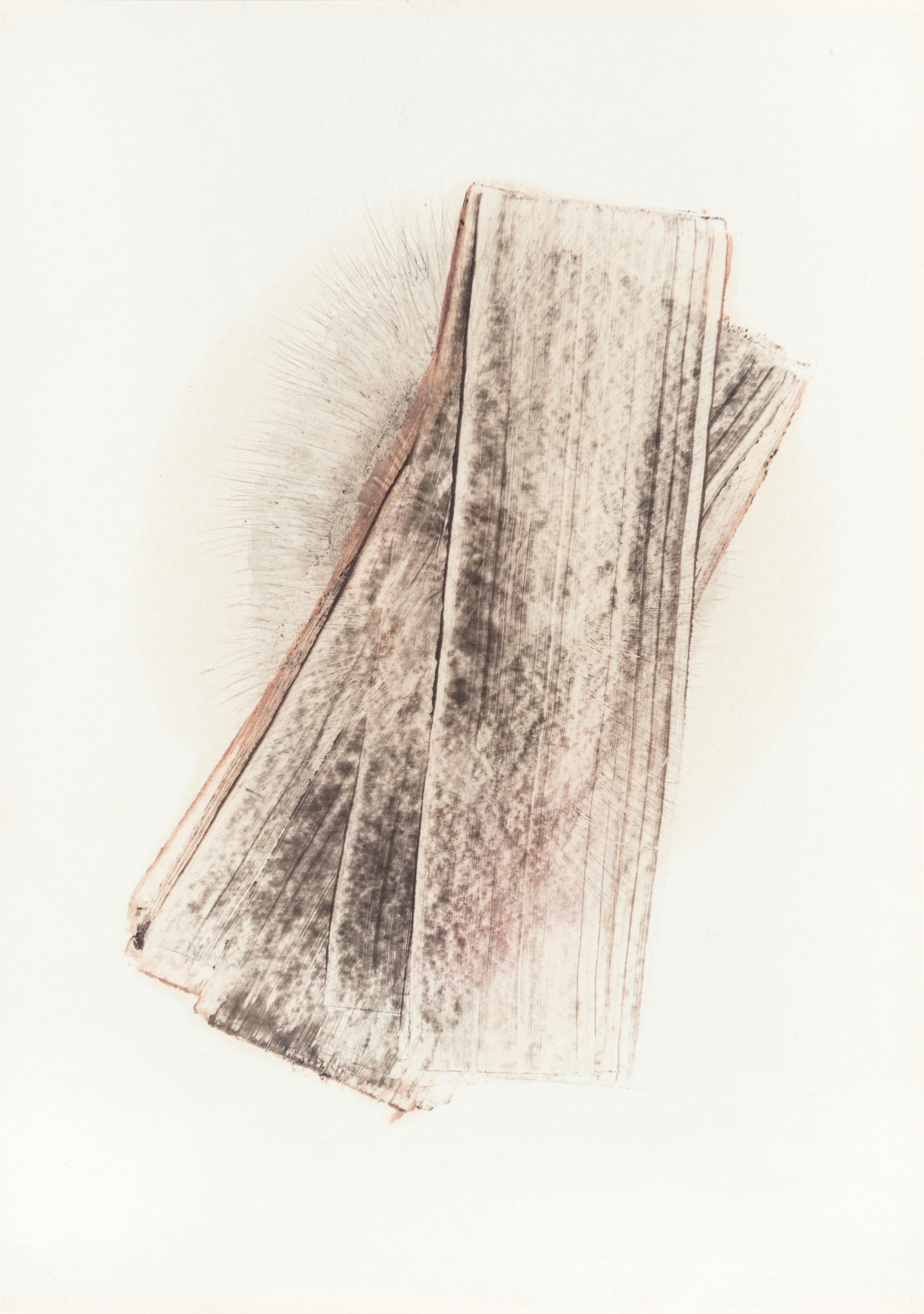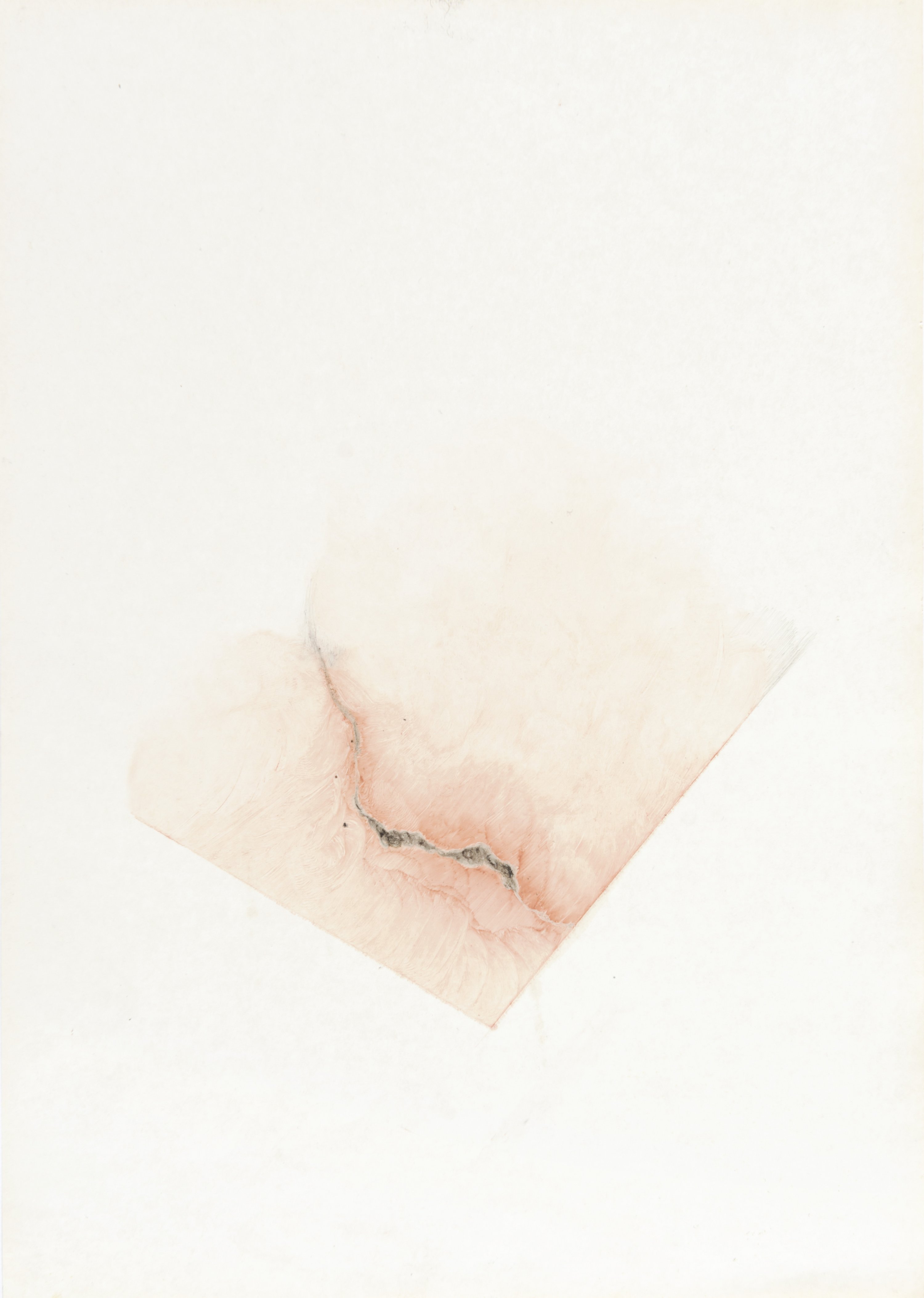Dorota Buczkowska
b. 1971, Warsaw
Creator of installations, objects, video works, paintings, drawings, and photographs. An art conservation and sculpture graduate of the Academy of Fine Arts in Warsaw and a graduate of the École Nationale Supérieure d’Arts à la Villa Arson in Nice. Frequently referencing corporeality, she is a close observer of the environment and creates pieces alluding to specific stories. Her work is a sophisticated and occasionally poetic analysis of perceiving reality, balancing on the borderline of beauty and revulsion, gentleness and brutality, pleasure and pain. She lives and works in Warsaw.
untitled
FSP ING 0128
Dorota Buczkowska’s artwork is full of ambiguities and intriguing painting effects achieved by the artist using assorted bonding agents and diverse brush types, multiple degrees of paint thickness and diverse application sequences, and a dry vs. water-soaked paintbrush. In the piece presented here, the artist explores themes of intimacy and corporeality, present in her earlier works as well. The painting is a rendition of an abstract form, soft and partly transparent. Furry edges obscure the border between the interior and exterior, causing disorientation and suggesting no presence of organs known from any anatomy atlas. The title of the series suggests that the fragment is part of a larger whole.
untitled
FSP ING 0129
Abstract works by Dorota Buczkowska bring bodily, organ, or tissue fragments to mind. By using makeup rather than paint, Buczkowska achieved an ethereal, semi-transparent greasy colour palette reminiscent of human skin. All images refer to relations between corporeality and emotions interpreted as chemical reactions. According to the Hippocratic theory, humans are united in similar traits of character. Hippocrates believed that each personality type is associated with a different bodily fluid, or “humour”: plain bile, black bile, blood, and phlegm, each assigned individual colours.
untitled
FSP ING 0130
Abstract works by Dorota Buczkowska bring bodily, organ, or tissue fragments to mind. By using makeup rather than paint, Buczkowska achieved an ethereal, semi-transparent greasy colour palette reminiscent of human skin. All images refer to relations between corporeality and emotions interpreted as chemical reactions. According to the Hippocratic theory, humans are united in similar traits of character. Hippocrates believed that each personality type is associated with a different bodily fluid, or “humour”: plain bile, black bile, blood, and phlegm, each assigned individual colours.


